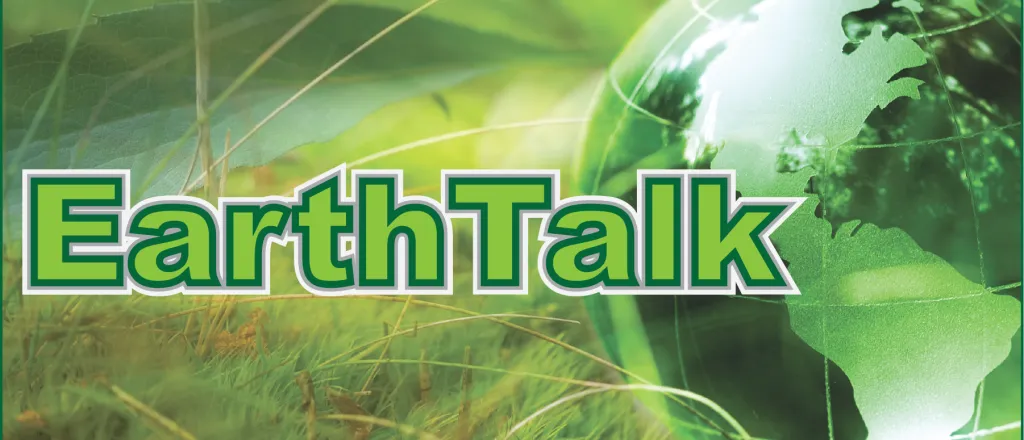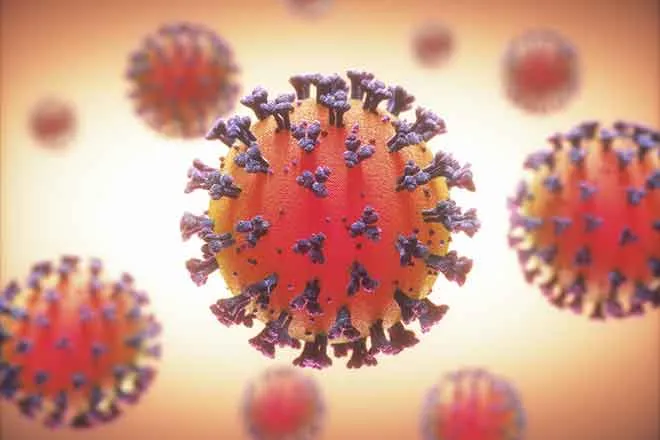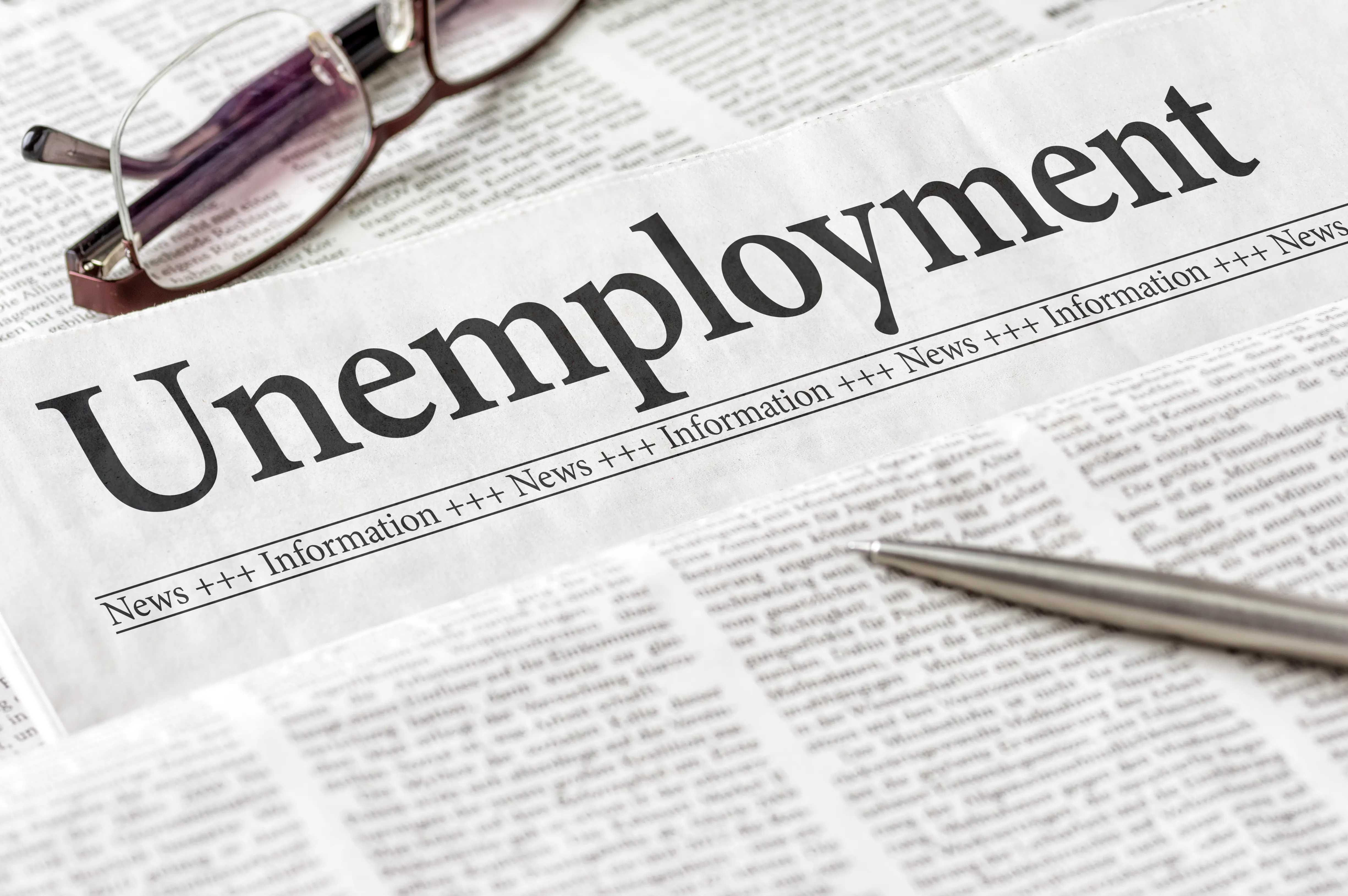
EarthTalk - Am I being exposed to harsh chemicals when I get a manicure or pedicure?
©
Dear EarthTalk:
Am I being exposed to harsh chemicals when I get a manicure or pedicure?
Susan Porter, via e-mail
The nail care industry is booming. Global market projections will near $11 billion by 2027. But beneath the glossy finish of a manicure or pedicure may lie health and environmental concerns. Many consumers, and even salon workers, remain unaware of the chemical exposures involved in these beauty treatments.
Nail polishes, removers and adhesives often contain ingredients collectively known as the “Toxic Trio”: toluene, formaldehyde and dibutyl phthalate. The U.S. Occupational Safety and Health Administration (OSHA) says these chemicals come with serious health risks, including nervous system, respiratory and reproductive harm. Even short-term exposure can cause headaches, dizziness and skin or eye irritation.
These risks are magnified for nail salon workers, many who are black or Hispanic. Dr. Charles Hwu, an internist in Queens, New York told The New York Times: “They come in usually with breathing problems, some symptoms similar to an allergy, and also asthma symptoms...,” noting that many of these patients had no history of smoking or asthma, but all worked in nail salons. A 2023 report from Michigan State University’s GlobalEdge says these workers often have disproportionate rates of chronic illness.
Some cities and states have responded with policy changes. California’s Healthy Nail Salon Program offers voluntary certification to salons that improve ventilation and use safer products. And the University of Colorado Boulder has developed biodegradable artificial nails that break down safely in the environment, a shift in an industry dominated by plastic waste. Product reformulation is also gaining traction. Many brands now market themselves as “3-free,” “5-free,” or even “10-free,” meaning they’ve eliminated several known toxic ingredients. Popular eco-conscious nail brands like Zoya and Tenoverten are part of this change, offering nail care designed to minimize exposure to toxic substances.
Still, gaps remain. The FDA does not require rigorous safety testing for cosmetics, and many harmful ingredients are still legally allowed. Additionally, OSHA guidelines for salons are advisory, not mandatory, and worker protections vary widely across states. Consumers can make a difference by choosing salons with good ventilation and “free-from” product lines. Asking for water-based or non-toxic formulas, reducing treatment frequency, or embracing DIY nail care at home can also lower risk. Further, supporting worker rights is key, as organized labor efforts can push for better transparency, safer conditions, and more sustainable practices. Nail treatments don’t have to come at the cost of health. With greater awareness and support for greener innovation, we can shape a nail care industry that prioritizes long-term health over short-term beauty.
CONTACTS
- U.S. Occupational Safety and Health Administration (OSHA), www.osha.gov/nail-salons/chemical-hazards.
EarthTalk® is produced by Roddy Scheer & Doug Moss for the 501(c)3 nonprofit EarthTalk. See more athttps://emagazine.com. To donate, visit https://earthtalk.org. Send questions to: question@earthtalk.org.

















